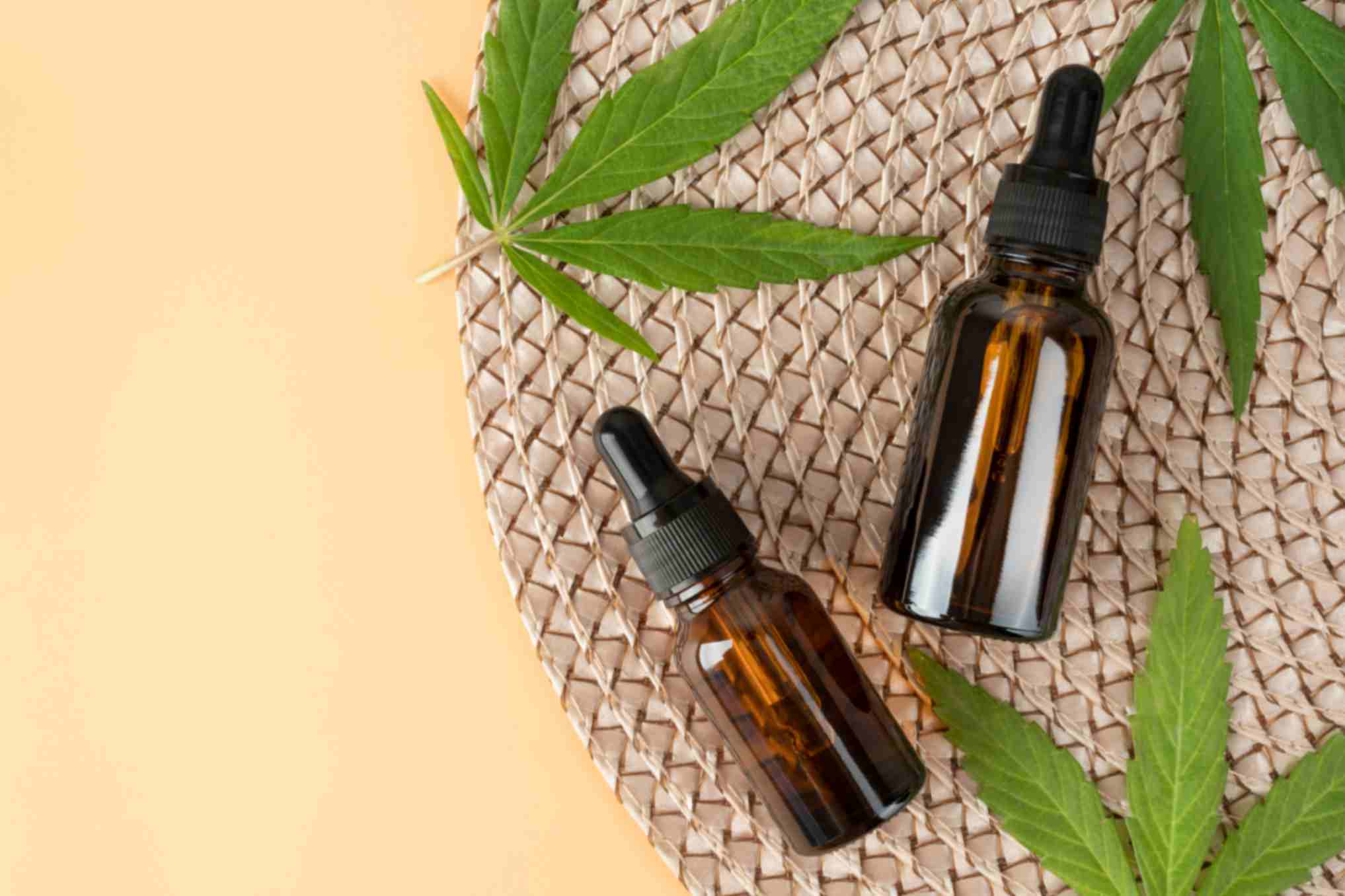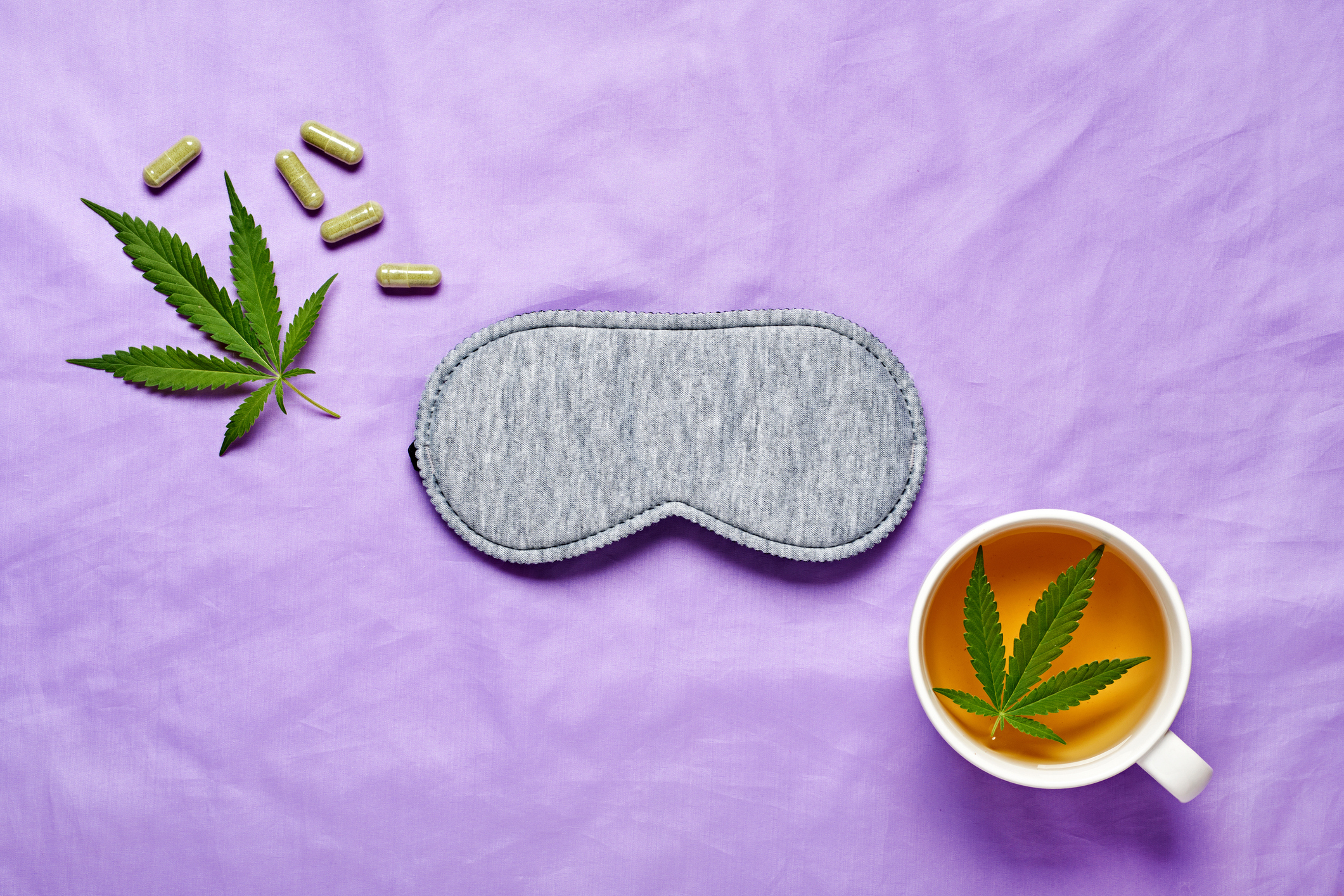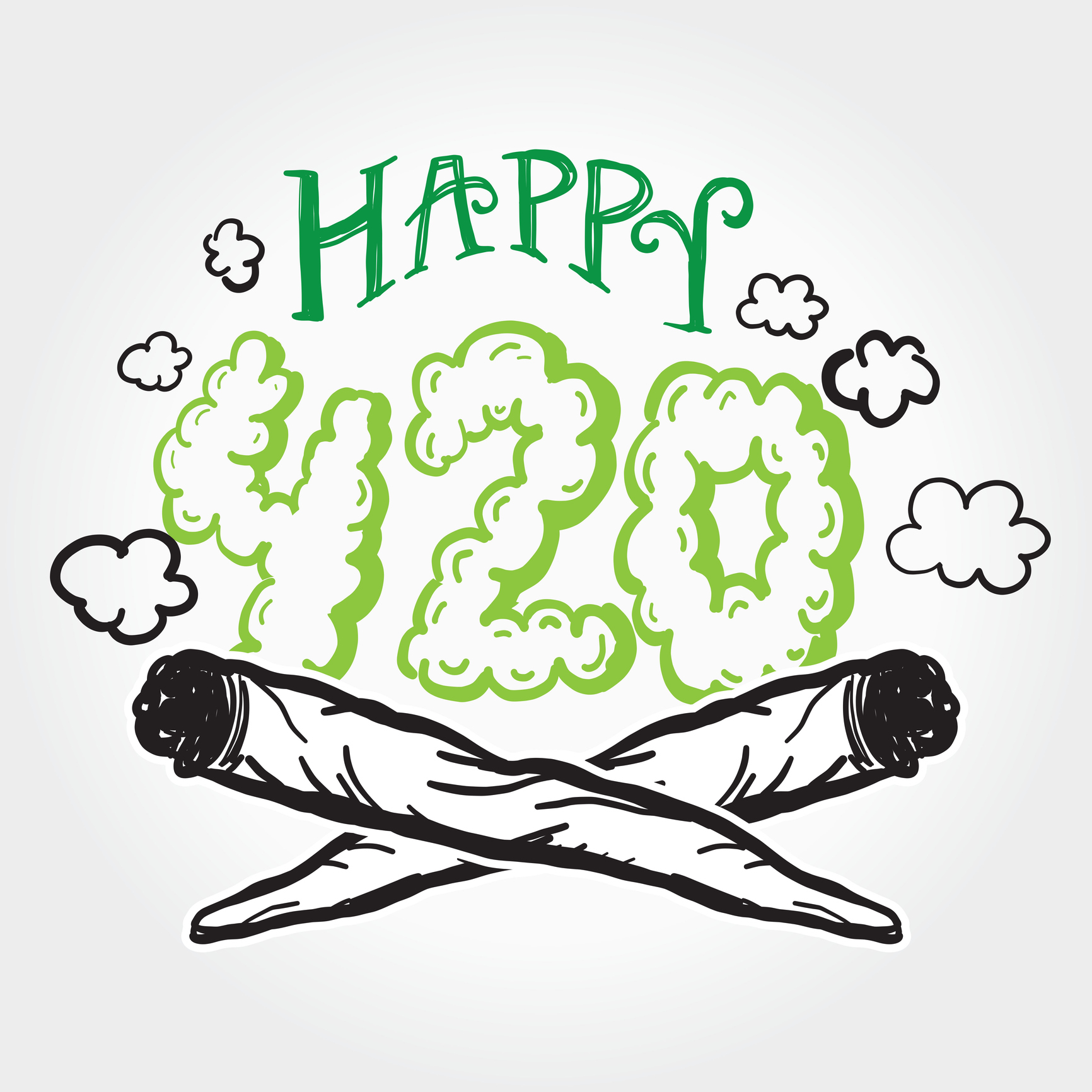Cannabis tinctures are gaining popularity as a convenient and discreet way to consume cannabis. These liquid extracts offer a versatile method of intake that can cater to various needs and preferences. Whether you’re a medical marijuana patient or a recreational user, understanding how to use cannabis tincture and even how to make a tincture can enhance your experience. This guide will walk you through everything you need to know about cannabis tinctures, from what they are to how to use and make them effectively.
What is a Cannabis Tincture?
A cannabis tincture is a liquid extract made by soaking cannabis flowers or isolates in high-proof alcohol. This process allows the cannabinoids, such as THC (tetrahydrocannabinol) and CBD (cannabidiol), to dissolve into the liquid. The result is a potent extract that can be used in small doses. Some tinctures are made with glycerin or oil, but alcohol-based tinctures are the most common.
How to Use Cannabis Tincture: Benefits and Usage

- Discreet Consumption: Cannabis tinctures offer a discreet way to consume marijuana. They can be ingested sublingually (under the tongue) or discreetly added to food and beverages.
- Precise Dosing: With a built-in dropper, cannabis tinctures allow for precise dosing, crucial for medical users requiring consistent and accurate doses.
- Fast-Acting Relief: Administered sublingually, tinctures swiftly enter the bloodstream, providing rapid relief from symptoms.
- Long Shelf Life: Properly stored, cannabis tinctures maintain their potency for an extended period, ensuring long-term usability and effectiveness.
This version integrates the keyword “how to use cannabis tincture” seamlessly into the points about the benefits and usage of cannabis tinctures.
What Are The Different Types of Tinctures?
Tinctures vary based on their composition and intended use, offering options tailored to different preferences and needs:
- Full Spectrum Tincture: These tinctures contain a wide array of active compounds naturally present in the cannabis plant, including cannabinoids like THC and CBD, as well as terpenes and flavonoids. They are typically extracted using alcohol.
- Broad Spectrum Tincture: Similar to full spectrum, these tinctures include a broad range of cannabinoids and terpenes but are formulated to exclude THC entirely. They are commonly found in CBD tinctures.
- Isolate Tincture: Isolate tinctures focus on specific cannabinoids, such as pure THC or CBD isolates, with all other compounds removed. This ensures a precise dosage of the desired cannabinoid.
- THC vs CBD Tincture: THC tinctures contain psychoactive THC alongside other cannabinoids like CBD, offering potential therapeutic benefits with a psychoactive effect. CBD tinctures, on the other hand, contain primarily CBD with minimal THC, providing therapeutic effects without psychoactivity. Both types may also include terpenes and flavonoids for enhanced benefits.
How Long Does it Take for a Cannabis Tincture to Kick In?
Cannabis tinctures generally start to take effect within 15-30 minutes when held under the tongue for 30-45 seconds. If swallowed directly, the tincture’s efficacy may be reduced since the body absorbs it differently compared to edibles or food items. When tinctures are mixed with food, they take longer to work but can produce a more potent high.
How to Make Herbal Tinctures

To make herbal tinctures:
1. Choose Your Herb: Select fresh or dried herbs.
2. Prepare the Herbs: chop fresh herbs or measure dried ones.
3. Combine with Alcohol: Place herbs in a jar and cover with high-proof alcohol (like vodka) at a ratio of
1:2 for fresh herbs or 1:4 for dried herbs.
4. Infuse: Seal the jar and store in a cool, dark place for 4-6 weeks, shaking daily.
5. Strain: Strain the mixture through a cheesecloth or fine mesh sieve.
6. Bottle: Transfer the tincture into dark glass bottles and label.
Mushroom Tincture

Mushroom tinctures are gaining popularity due to their potential health benefits. Common mushrooms used for tinctures include reishi, chaga, and lion’s mane.
Ingredients:
- Dried mushrooms
- High-proof alcohol
- Water (for double extraction method)
- Glass jars
- Cheesecloth
- Dark glass bottles
Instructions:
- Prepare the Mushrooms: Grind the dried mushrooms into a coarse powder.
- First Extraction (Alcohol): Place the mushroom powder in a jar and cover with alcohol. Seal and store for 4-6 weeks, shaking daily.
- Strain: Strain the alcohol extract and set aside.
- Second Extraction (Water): Boil the strained mushrooms in water for several hours to extract water-soluble compounds.
- Combine and Bottle: Combine the alcohol and water extracts, and store the mixture in dark glass bottles.
Rosemary Tincture

Creating a homemade rosemary tincture is both straightforward and gratifying, enabling you to unlock the herb’s potent medicinal qualities. This tincture serves as a versatile remedy, renowned for enhancing digestion, memory, and alleviating inflammation. Here’s a comprehensive guide on How to Make a Rosemary Tincture, ensuring you capture all its health benefits.
Ingredients:
- Fresh or dried rosemary
- High-proof alcohol (such as vodka or brandy)
- Clean glass jar with a tight-fitting lid
- Cheesecloth or fine strainer
- Dark glass dropper bottles for storage
Steps:
- Prepare the Rosemary: Wash fresh rosemary thoroughly and let it dry completely to prevent mold. If using dried rosemary, ensure it’s free from any moisture.
- Fill the Jar and Add Alcohol: Place the rosemary in a clean glass jar, filling it about halfway. Pour high-proof alcohol (like vodka or brandy) over the rosemary until it’s completely submerged, leaving a bit of space at the top.
- Seal and Infuse: Seal the jar tightly and store it in a cool, dark place. Shake the jar gently every few days. Let the mixture steep for at least 4-6 weeks to allow the rosemary to infuse into the alcohol.
- Strain and Bottle: After the infusion period, strain the mixture through a cheesecloth or fine strainer into a clean container. Transfer the strained tincture into dark glass dropper bottles, labeling them with the date and contents.
- Store and Use: Store the tincture in a cool, dark place to preserve its potency. To use, add a few drops to water, tea, or take directly under the tongue. Start with a small dose and adjust gradually as needed.
Tinctures vs Edibles: Key Differences
Tinctures:
- Administration: Taken sublingually (under the tongue) for faster absorption into the bloodstream.
- Onset: Effects typically felt within 15-30 minutes due to direct absorption.
- Dosing: Can be dosed precisely using a dropper, making it easier to control dosage.
- Versatility: Can also be added to food or drinks.
Edibles:
- Administration: Ingested and digested, passing through the liver before entering the bloodstream.
- Onset: Effects can take 1-2 hours to kick in due to digestion and metabolism.
- Dosing: Dosing can be challenging as effects vary based on individual metabolism and food in the stomach.
- Duration: Effects can last longer (4-8 hours) compared to tinctures.
Choosing Between Them: Tinctures offer quicker onset and precise dosing, ideal for immediate relief and controlled experiences. Edibles provide longer-lasting effects but require planning due to delayed onset and variable potency.
Conclusion
Cannabis tinctures, such as those offered by HerbWell Cannabis, provide a discreet, fast-acting, and precise method of consuming cannabinoids, whether for medical relief or recreational use. With their versatile applications in sublingual ingestion or culinary integration, tinctures offer long shelf life and potent effects. Understanding their types and benefits empowers users to harness the therapeutic potential of cannabis in a controlled and effective manner. If you need more content on “how to make tincture” or information about HerbWell Cannabis, feel free to ask!




